Results
-
 £69.30
£69.30Intrada, Recitative and Rondo
An outstanding work for soloist and band, this distinctive composition focuses on three unique performance styles. Based on quartal harmonies and melodic structures, Intrada is technically challenging, yet quite accessible to the more advanced high school or collegiate students. A rubato, quazi-improvised jazz style is required in the second movement (Recitative), with the Rondo written in a more traditional, classical style. The band accompaniment is very playable, allowing for the showcasing of your trumpet, saxophone or euphonium soloist. Don't miss this opportunity to WOW your audiences!
Estimated dispatch 7-14 working days
-
 £67.32
£67.32Inversia
The newest composition from popular Canadian composer Andre' Jutras is a distinctive piece that begins with short expressive solos for flute and clarinet. The contrasting slower section features solos for alto sax and either tenor sax, horn or euphonium before returning to a faster tempo for the exciting ending. Perfect for any concert or contest performance.
Estimated dispatch 7-14 working days
-
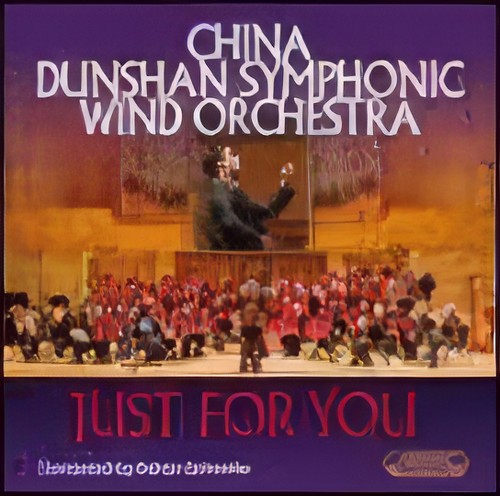 £11.63
£11.63JUST FOR YOU (Wind Band CD)
China Dunshan Symphonic Wind Orchestra, conducted by Adrian Schneider. Includes: Rhapsody in Black (arr. Woodfield); Things (Darrin/van Maart); Abide with Me (Monk/Richards); Amparito Roca (Texidor/Woodfield); Hallelujah (Cohen/Kubler); I Only Have Eyes for You (Warren/van Maart); Down to the River (arr. Fernie); Hawaii Five-0 (Stevens/Burton); Spirit of Africa (Barry/Barry); Let it Shine (arr. Fernie); African Funk (Fernie); Catari, Catari - Euphonium Solo (Cardillo/Fernie); That's Entertainment (arr. Kubler); A Whiter Shade of Pale (arr. van Maart); Just for You (Kubler); Blueberry Hill (Rose/van Maart); My Favourite Things - Trumpet Quartet (Rodgers/Woodfield); Salute to Berne (Obrecht/Woodfield).
Estimated dispatch 7-14 working days
-
 £64.35
£64.35Love's Old Sweet Song
This beautiful song from the turn-of-the-century is Andrew Glover's latest addition to the Barnhouse "Spotlight" series for solo instrument or voice with band accompaniment. Most effective as a solo for euphonium, trombone, or cornet/trumpet, it includes solo parts and is also playable by solo flute, violin, oboe, clarinet, alto saxophone, or horn. It may also be performed as a vocal solo (medium range from low D up to top-line F.) A masterful arrangement of a wonderful classic song!
Estimated dispatch 7-14 working days
-
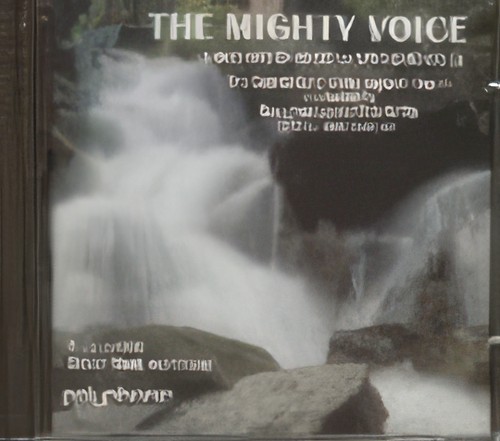 £13.95
£13.95MIGHTY VOICE, The (Central Band of the Royal Air Force) (CD)
Great British Music for Wind Band Vol.3 The Central Band of the Royal Air Force conducted by Squadron Leader Rob Wiffin. Guest Soloist: Steven Mead, euphonium. Includes: Sinfonietta No.2 (Philip Sparke); Old English Suite (Michael Short); Pantomime (Philip Sparke); Delta Dances (Kenneth Platts); Mountain Song (Philip Sparke); Mighty Voice (Paul Patterson).
Estimated dispatch 7-14 working days
-
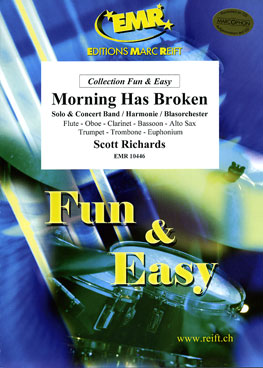 £77.00
£77.00MORNING HAS BROKEN (Flexible Solo with Easy Concert Band) - Richards, Scott
Solo for Flute, Oboe, Clarinet, Basson, Alto Sax, Trumpet, Trombone or Euphonium. Duration: 2:45
Estimated dispatch 7-14 working days
-
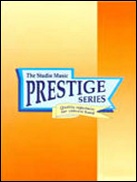 £132.95
£132.95MUSIC FOR AROSA (Prestige Concert Band - Score and Parts) - Sparke, Philip
This work was commissioned in 1996 by the Arosa Cultural committee and first performed in Arosa in that year. The majestic introduction opens with trombones and euphonium, heralding a legato theme, chorale-like in character. A pair of flutes introduce a new theme. A trumpet introduces a series of highly syncopated solos, which feature many metre changes, and the tempo increases when playful motifs are exchanged between various sections of the band. A solo clarinet introduces an expressive tune. A brass chorale follows, with interruptions from the flute and bassoon, until the clarinet tune is played by the whole band. This reaches a climax and the mood subsides to reach a quiet horn chord. The broad legato tune returns and the excitement increases until the march theme triumphantly returns to full band. This leads to the coda which is based on the opening fanfare and closes the work emphatically. (Grade 5) Performance time 11'01" (Recorded on QPRM138D BREAKING THE CENTURY, Central Band of the Royal Air Force)
Estimated dispatch 7-14 working days
-
 £37.95
£37.95MUSIC FOR AROSA (Prestige Concert Band - Score only) - Sparke, Philip
This work was commissioned in 1996 by the Arosa Cultural committee and first performed in Arosa in that year. The majestic introduction opens with trombones and euphonium, heralding a legato theme, chorale-like in character. A pair of flutes introduce a new theme. A trumpet introduces a series of highly syncopated solos, which feature many metre changes, and the tempo increases when playful motifs are exchanged between various sections of the band. A solo clarinet introduces an expressive tune. A brass chorale follows, with interruptions from the flute and bassoon, until the clarinet tune is played by the whole band. This reaches a climax and the mood subsides to reach a quiet horn chord. The broad legato tune returns and the excitement increases until the march theme triumphantly returns to full band. This leads to the coda which is based on the opening fanfare and closes the work emphatically. (Grade 5) Performance time 11'01" (Recorded on QPRM138D BREAKING THE CENTURY, Central Band of the Royal Air Force)
Estimated dispatch 7-14 working days
-
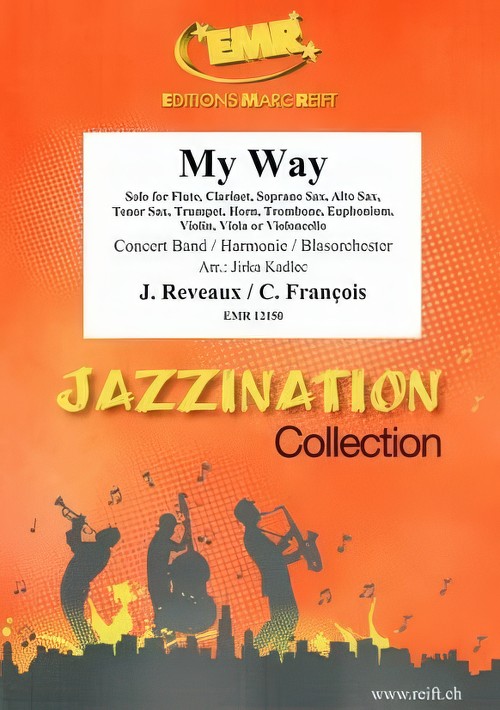 £115.00
£115.00My Way (Flexible Solo with Concert Band - Score and Parts) - Francois & Revaux - Kadlec, Jirka
Solo for Flute, Clarinet, Soprano Saxophone, Alto Saxophone, Tenor Saxophone, Trumpet, Horn, Trombone, Euphonium, Violin, Viola or VioloncelloDuration: 3.45
Estimated dispatch 7-14 working days
-
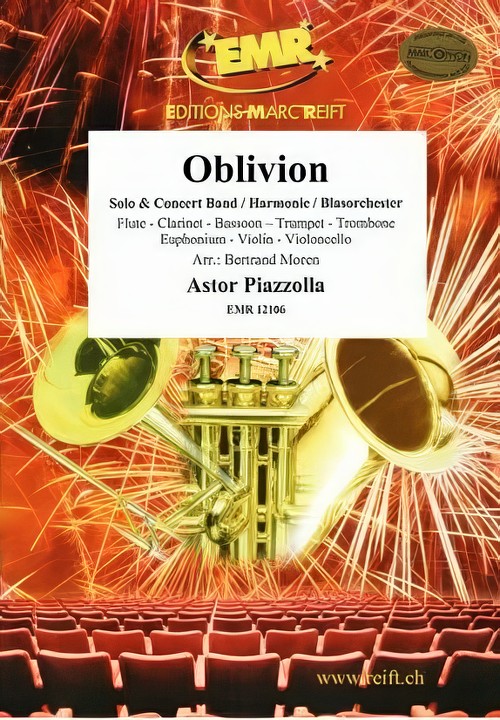 £115.00
£115.00Oblivion (Flexible Solo with Concert Band - Score and Parts) - Piazzolla, Astor - Moren, Bertrand
Solo for Flute, Clarinet, Bassoon, Trumpet, Trombone, Euphonium, Violin or VioloncelloDuration: 4.15
Estimated dispatch 7-14 working days
